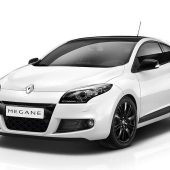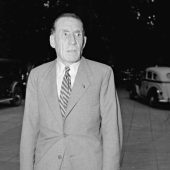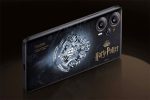Louis Alexandre Chiron, born in Monte Carlo on August 3, 1899, was one of the most successful racing drivers of his era. No other driver is so closely connected with the name of Bugatti and no other achieved such countless successes with racing cars from Alsace. During his career, Louis Chiron drove vehicles of many brands but he spent the most significant years of his career in the cockpit of a Bugatti.
Born the son of the “maître d’” at the Hôtel de Paris in Monaco, Louis Chiron lost his mother at a very early age and spent much of his childhood with his grandfather, a vintner from Provence. During a visit to his father’s workplace, he was noticed by a childless Russian noblewoman who took the boy under her wings and supported his education. Louis Chiron was taught to drive at the age of 15 by his benefactress’s chauffeur. In the First World War, his driving ability helped him to become a chauffeur to the general staff, driving military leaders such as Pétain and Foch at the headquarters of the French army.
Following the end of the war, Chiron became a car dealer, opening a garage and showroom in Nice with William Charles Grover. The two established contact with Ernest Friderich, a former racing driver who had been a Bugatti dealer in Nice since 1924. Both Grover, later a successful racing driver himself under the pseudonym of “Williams”, and Chiron were familiarised with motorsport by Friderich. Chiron initially drove Bugattis from the factory in Molsheim to the Côte d’Azur for Friderich. These trips proved to be good training and Chiron also made the acquaintance of Ettore Bugatti.
Louis Chiron earned his first accolades in a number of hill climbs in the south of France, driving a Brescia Bugatti. In 1925, he won several races as a private entrant in a Bugatti Type 30 and completed the season as the champion of the Automobile Club de Nice. A short time afterwards, he met Alice “Baby” Hoffmann-Trobeck, who was married to Alfred Hoffmann, heir to the Hoffmann-La Roche pharmaceutical company. He was so enthusiastic about Chiron’s driving skills that he bought him a Type 35 – one of the most successful racing cars of all time – for the 1926 season. This was the beginning of the talented Monegasque’s successful racing career.
A number of significant victories meant that the name of Chiron became synonymous with the Bugatti brand. In the same year, Louis Chiron won his first significant circuit race, the Comminges Grand Prix, as well as a number of hill climbs. He started the 1927 season with the more powerful Type 35 B, not only winning the Grand Prix of the French Automobile Club but also gaining the attention of Ettore Bugatti himself.
In 1928, the 29-year-old became the number one driver in the Bugatti works team. Driving the Type 35C, he won a dozen races at venues such as Rome, Reims and San Sebastian as well as the European Grand Prix in Monza. For the next four years, Louis Chiron remained the star of the Bugatti Team. In 1929, he entered races with a variety of Bugatti models almost every weekend. He even won the Swiss Klausen hill climb, the most challenging hill race in its time.
In 1930 he managed to replicate this triumph with Bugatti’s legendary 16-cylinder Type 45. In 1931, Bugatti launched the highly promising Type 51, and Chiron won the Monaco Grand Prix, the first and to date the only Monegasque to do so. He had reached the pinnacle of his career and was considered to be the world’s best racing driver.
In 1933, Louis Chiron left the company and founded the private racing team “CC” with Rudolf Caracciola. However, the team quickly collapsed following Caracciola’s accident in Monaco the same year. He then went to Scuderia Ferrari and Mercedes – but without achieving any great success. Following the Second World War, he won the French Grand Prix twice. Louis Chiron drove in his last Grand Prix in Monaco in 1955, when he was almost 56. This makes him the oldest driver to compete in a Formula One race to this day.
Afterwards, Chiron was asked by Prince Rainier III to serve as racing director for the two most important motorsports events of the principality, the Monte Carlo Rally and the Monaco Grand Prix.
Chiron continued in this role until his death in Monte Carlo on June 22, 1979.










